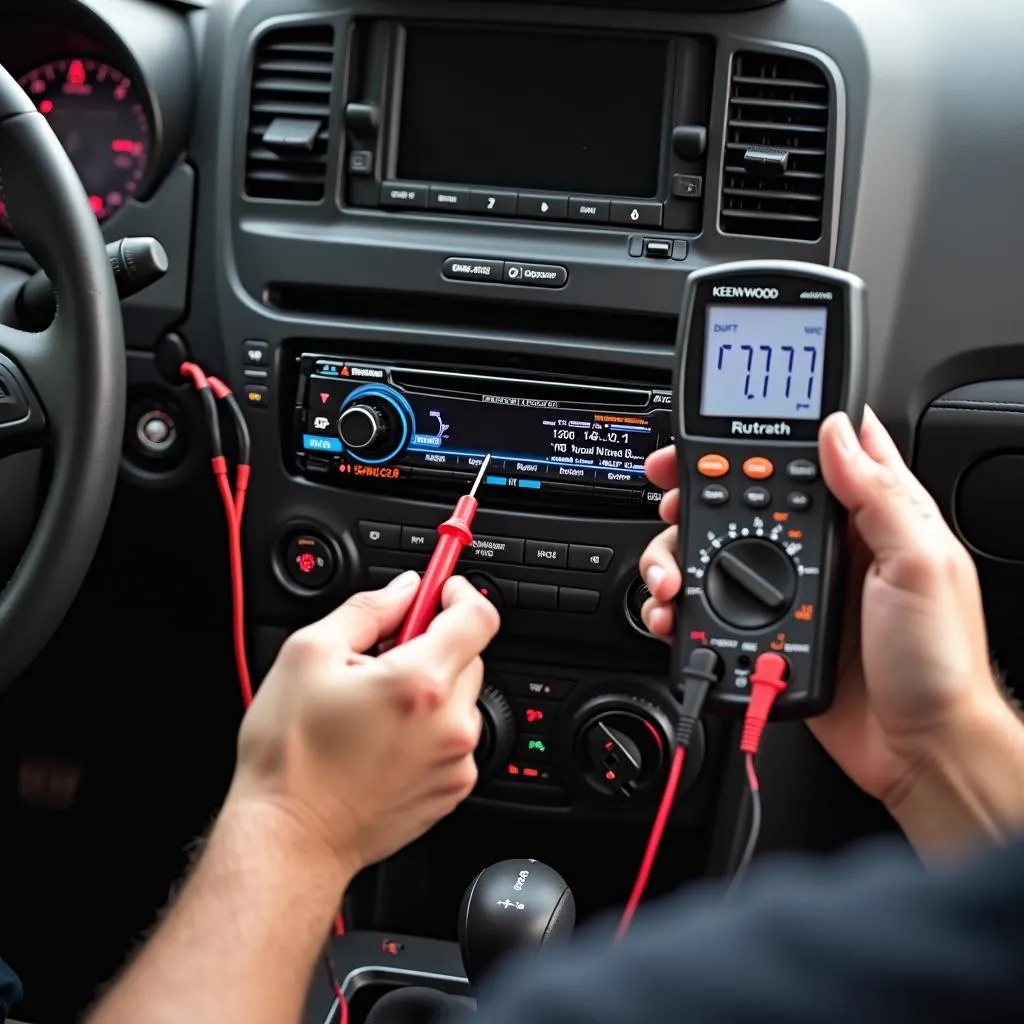The dreaded “Polaris release brake warning” can bring your off-road adventures to a screeching halt. This article provides comprehensive troubleshooting steps and solutions for Polaris owners facing this frustrating issue, helping you get back on the trails quickly and safely.
Understanding the Polaris Release Brake Warning
The release brake warning on your Polaris ATV or UTV usually indicates a problem with the parking brake system. This system is crucial for safe operation, preventing unintended movement when parked. While the warning can be triggered by a simple oversight, such as forgetting to disengage the parking brake, it can also signal more complex issues requiring professional attention. Ignoring the warning can lead to further damage and compromise your safety.
Common Causes of the Polaris Release Brake Warning
There are several reasons why your Polaris might display the release brake warning. Some of the most common culprits include:
- Engaged Parking Brake: The simplest and most common reason is simply forgetting to release the parking brake before starting to ride. Always double-check the brake lever or pedal before setting off.
- Faulty Brake Switch: The brake switch, responsible for detecting the brake’s position, can malfunction due to wear, damage, or corrosion. A faulty switch might send incorrect signals to the control unit, triggering the warning even when the brake is disengaged.
- Wiring Issues: Damaged or corroded wiring in the brake system can disrupt communication between the switch and the control unit, leading to the release brake warning.
- Low Brake Fluid: In some Polaris models, low brake fluid levels can trigger the warning. This indicates a potential leak or worn brake components.
- Control Unit Malfunction: In rare cases, the issue might lie within the vehicle’s control unit. This requires specialized diagnostic equipment to pinpoint and address.
 Polaris Release Brake Warning Light on Dashboard
Polaris Release Brake Warning Light on Dashboard
Troubleshooting the Polaris Release Brake Warning
Here’s a step-by-step guide to help you troubleshoot the release brake warning:
- Check the Parking Brake: Ensure the parking brake lever or pedal is fully released. Sometimes, it might not fully disengage even if it appears to be. Try gently jiggling the lever or pedal to ensure it’s completely free.
- Inspect the Brake Switch: Locate the brake switch, usually near the brake lever or pedal. Check for any visible damage, loose connections, or corrosion. Clean the switch with electrical contact cleaner and check its operation using a multimeter.
- Examine the Wiring: Carefully inspect the wiring harness connected to the brake switch for any signs of damage, fraying, or corrosion. Repair or replace any damaged wires.
- Check Brake Fluid Level: Check the brake fluid reservoir and top it off if necessary. If the fluid level is consistently low, it indicates a leak that needs immediate attention.
- Consult a Professional: If the problem persists after these steps, it’s best to consult a qualified Polaris technician. They have the expertise and diagnostic tools to identify and resolve more complex issues, such as a malfunctioning control unit.
Preventing Future Polaris Release Brake Warnings
Regular maintenance can help prevent future occurrences of the release brake warning. This includes:
- Regular Brake Inspections: Inspect your brakes regularly for wear and tear, including the brake pads, rotors, calipers, and lines.
- Brake Fluid Maintenance: Check and top off your brake fluid regularly. Flush and replace the brake fluid as recommended in your Polaris owner’s manual.
- Keep the Brake System Clean: Regularly clean the brake components, especially the switch, to prevent corrosion and ensure proper operation.
“Regular maintenance is key to preventing brake issues,” says John Smith, a certified Polaris technician with over 15 years of experience. “A little preventative care can save you a lot of headaches and ensure your Polaris is always ready for adventure.”
Conclusion
The “polaris release brake warning” can be a nuisance, but understanding its potential causes and following the troubleshooting steps outlined above can help you get back on track quickly. Don’t ignore this warning; address it promptly to ensure your safety and the longevity of your Polaris. Regular maintenance is the best way to prevent future issues and enjoy uninterrupted off-road adventures. Remember, safety always comes first!
FAQ
- What does the Polaris release brake warning mean? It typically means the parking brake is engaged or there’s a problem with the brake system.
- Can I drive with the Polaris release brake warning on? It’s not recommended. Driving with the warning on can cause damage and compromise safety.
- How do I reset the Polaris release brake warning? Addressing the underlying issue, such as releasing the brake or fixing a faulty switch, will usually reset the warning.
- How much does it cost to fix the Polaris release brake warning? The cost varies depending on the cause and the required repairs. A simple fix might be inexpensive, while more complex issues could require costly repairs.
- What if I’ve tried everything and the warning persists? Consult a qualified Polaris technician for professional diagnosis and repair.
- How can I prevent the Polaris release brake warning from coming on? Regular brake maintenance and inspections are the best preventative measures.
- Is the Polaris release brake warning a serious issue? It can be. Ignoring the warning can lead to further damage and safety risks. Address it promptly to prevent further complications.

